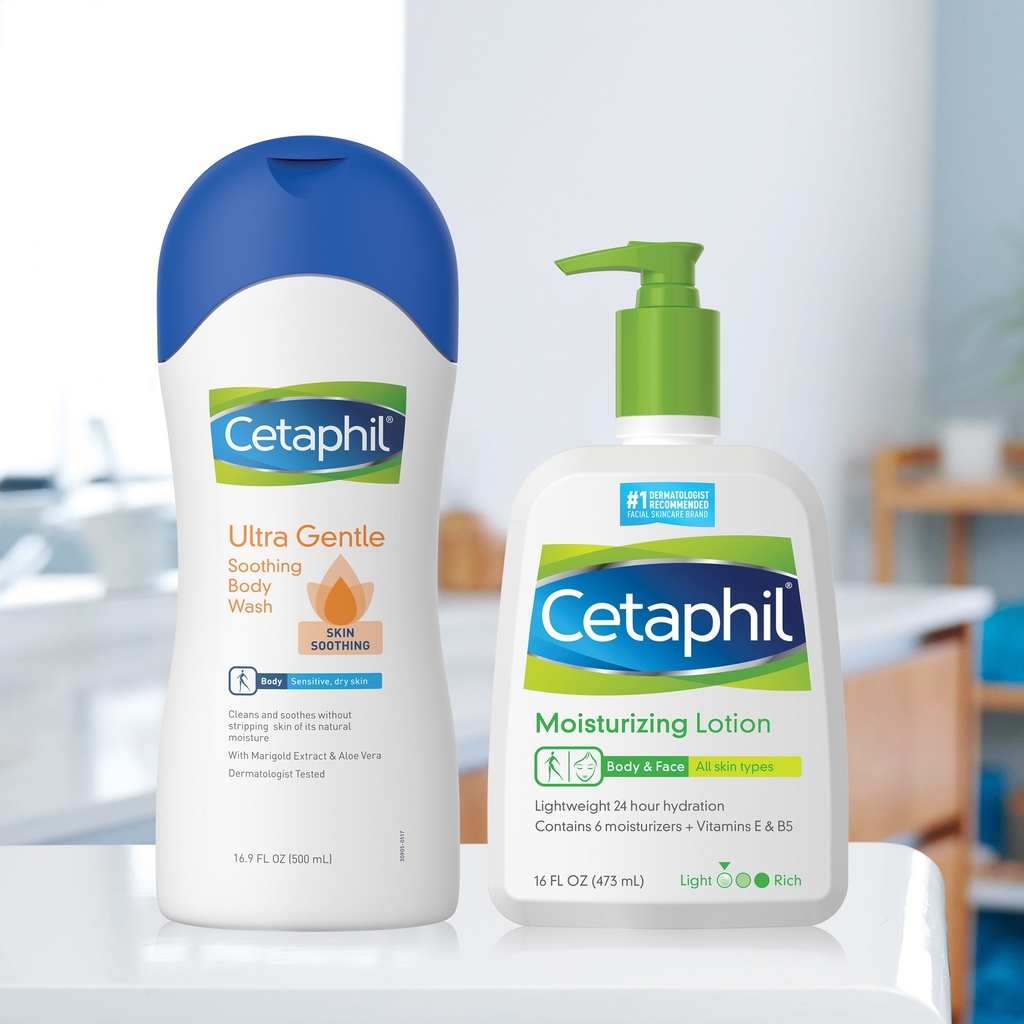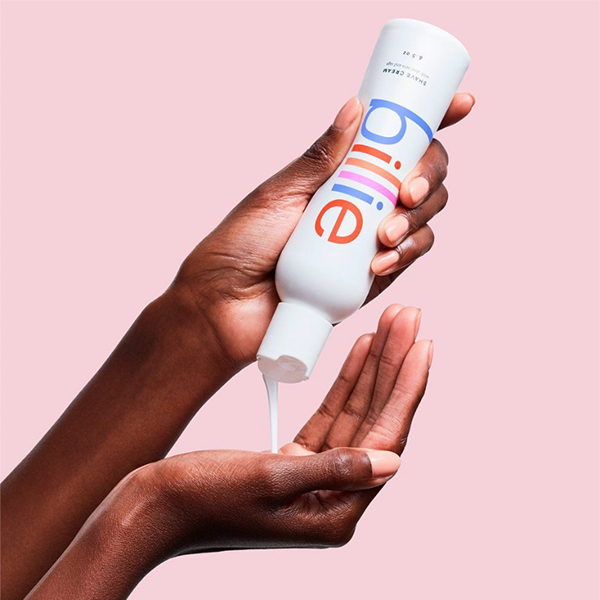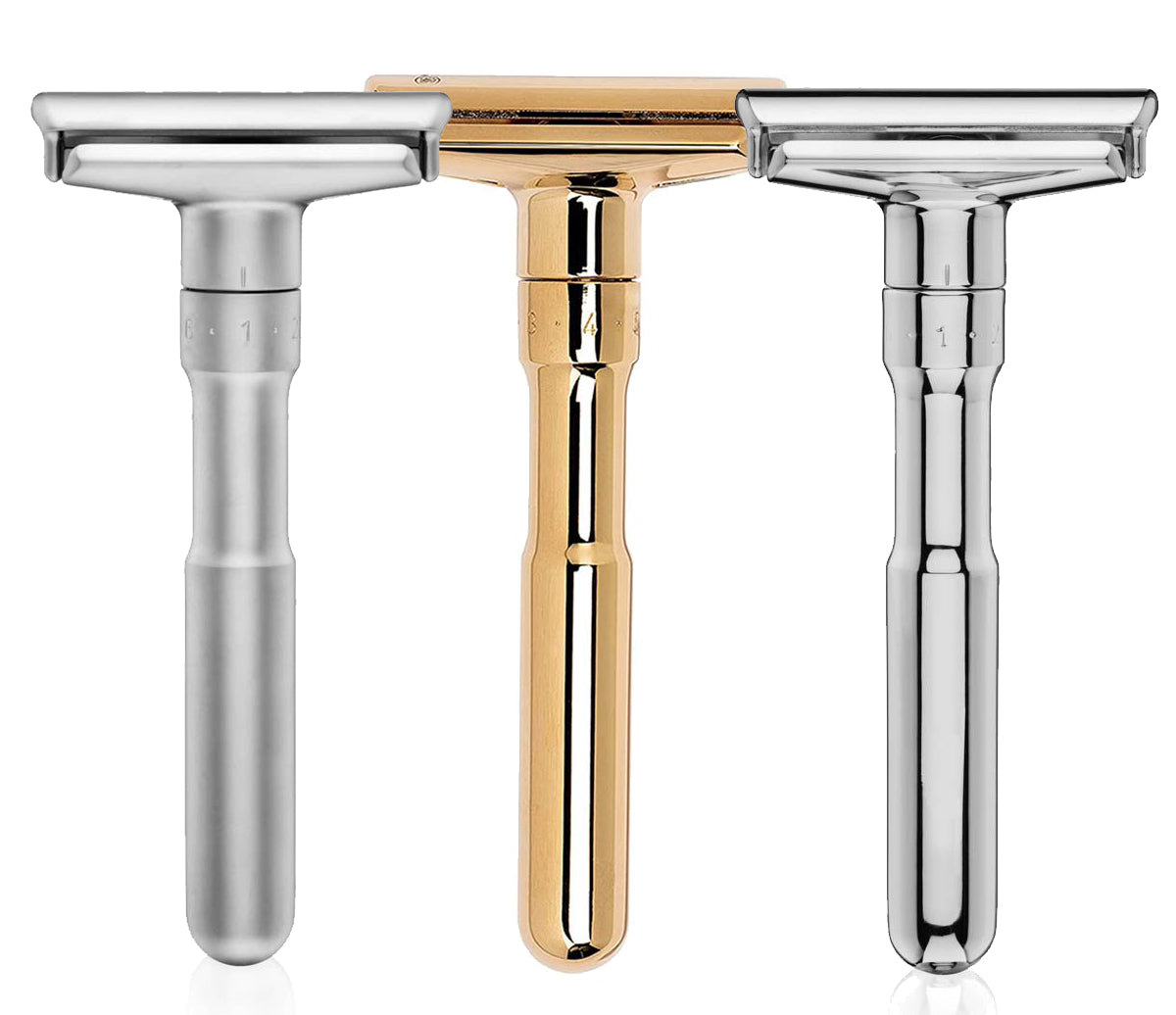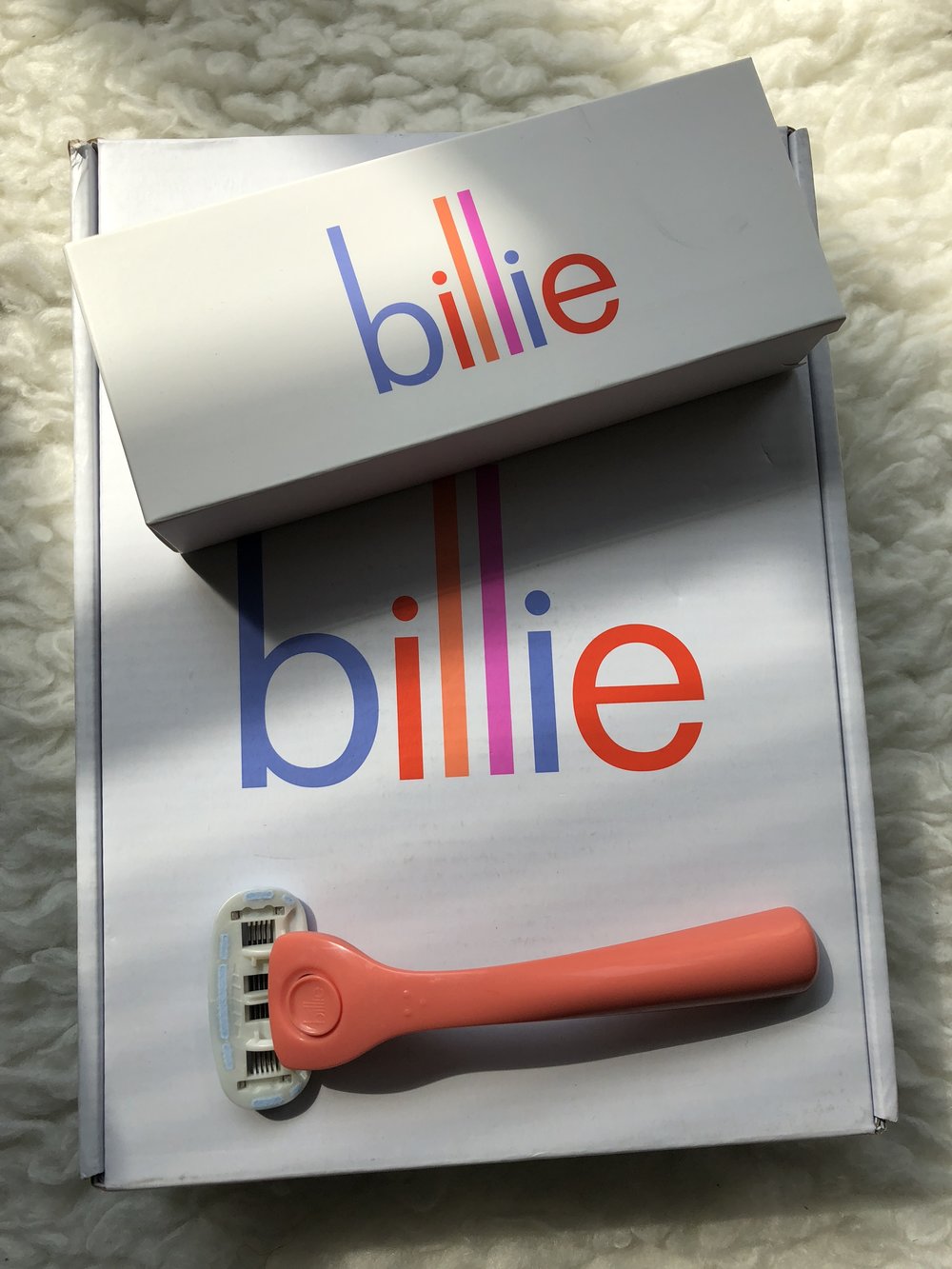Are you tired of dealing with ingrown hairs, razor bumps, and irritated skin after shaving or waxing your bikini area? If so, it’s time to incorporate an exfoliant into your routine. But with so many options available, how do you choose the right one? Keep scrolling to learn everything you need to know about finding the best exfoliant for your bikini area.
Why Is Exfoliation Important for Your Bikini Area?
Exfoliation is the process of removing dead skin cells from the surface of your skin. When it comes to your bikini area, exfoliation is important for several reasons:
- Reducing ingrown hairs: Ingrown hairs occur when hair grows back into the skin rather than outward. Exfoliating regularly can help prevent ingrown hairs by keeping the skin free of dead skin cells that could potentially block hair follicles.
- Preventing razor bumps: Razor bumps, also known as pseudofolliculitis barbae, are small red bumps that can appear after hair removal. Exfoliating helps prevent razor bumps by keeping the skin smooth and free of irritation.
- Promoting even skin tone: Hyperpigmentation, or darkening of the skin, can occur after hair removal. Exfoliating helps promote even skin tone by removing dead skin cells and allowing new, healthy skin to emerge.

Types of Exfoliation
Physical Exfoliation
Physical Exfoliation contains small particles that physically scrub away dead skin cells. Common physical exfoliants for the bikini area include sugar scrubs, salt scrubs, and loofahs.
While physical exfoliants can be effective, they can also be harsh on the skin if not used properly. Avoid using too much pressure when scrubbing, and limit exfoliating to once or twice a week.
Chemical Exfoliation
Chemical Exfoliation, on the other hand, uses acids or enzymes to dissolve dead skin cells. They tend to be gentler on the skin than physical exfoliants, making them a great option for those with sensitive skin.
Common chemical exfoliants for the bikini area include glycolic acid, salicylic acid, and fruit enzymes. These ingredients can be found in products like exfoliating pads, serums, and masks.
Choosing the Right Exfoliator for Your Skin Type
When choosing an exfoliant for your bikini area, it’s important to consider your skin type. Here are some general guidelines:
- Dry skin: Look for a gentle exfoliant that won’t strip the skin of its natural oils.
- Oily skin: Opt for a chemical exfoliant to help unclog pores.
- Sensitive skin: Stick with a gentle physical exfoliant or a mild chemical exfoliant.
- Normal skin: You have more options! Try both physical and chemical exfoliants to see what works best for you.
How to Incorporate Exfoliator into Your Routine
- Exfoliate once or twice a week: Over-exfoliating can irritate the skin, so stick with it once or twice a week.
- Use gentle, circular motions: Whether you’re using a physical or chemical exfoliant, use gentle, circular motions to avoid irritating the skin.
- Follow up with moisturizer: After exfoliating, be sure to apply a hydrating moisturizer to soothe and protect the skin.
10 Best Exfoliators for Bikini Area
Tend Skin Razor Bump Solution: Formulated to soothe razor bumps and ingrown hairs, this solution gently exfoliates the skin and reduces irritation.
Bliss Bump Attendant Ingrown Eliminating Pads: Pre-soaked pads with glycolic acid and salicylic acid, designed to exfoliate and prevent ingrown hairs in the bikini area.
Fur Ingrown Concentrate: A natural blend of oils and exfoliating ingredients to treat and prevent ingrown hairs in sensitive areas.
Whish Flawless Ingrown Hair Serum: This serum contains natural exfoliants like willow bark and papaya extract to minimize ingrown hairs and soothe the bikini area.
Completely Bare Bikini Bump Blaster: These pads infused with exfoliating ingredients like glycolic acid and salicylic acid help prevent and treat bikini bumps.
Bikini Kitty Ingrown Hair and Bump Eliminator: Gentle exfoliation combined with natural ingredients to reduce ingrown hairs and soothe the bikini area.
Tree Hut Bare Moisturizing Shave Oil: A nourishing shave oil that gently exfoliates and softens the skin, preventing razor bumps and irritation.
Skinfix Resurface+ Glycolic Renewing Scrub: A gentle yet effective scrub with glycolic acid to exfoliate and renew the skin’s surface.
Dermalogica Thermafoliant Body Scrub: It features physical and chemical exfoliants to smooth and revitalize the bikini area.
CeraVe SA Body Wash for Rough and Bumpy Skin: This body wash with salicylic acid gently exfoliates and cleanses the skin, reducing bumps and ingrown hairs in the bikini area.
Conclusion
Exfoliation is an important step in any bikini area grooming routine, but it’s essential to choose the right exfoliant for your skin type. With this guide, you should now be able to make an informed decision and get on your way to smoother, healthier skin!











